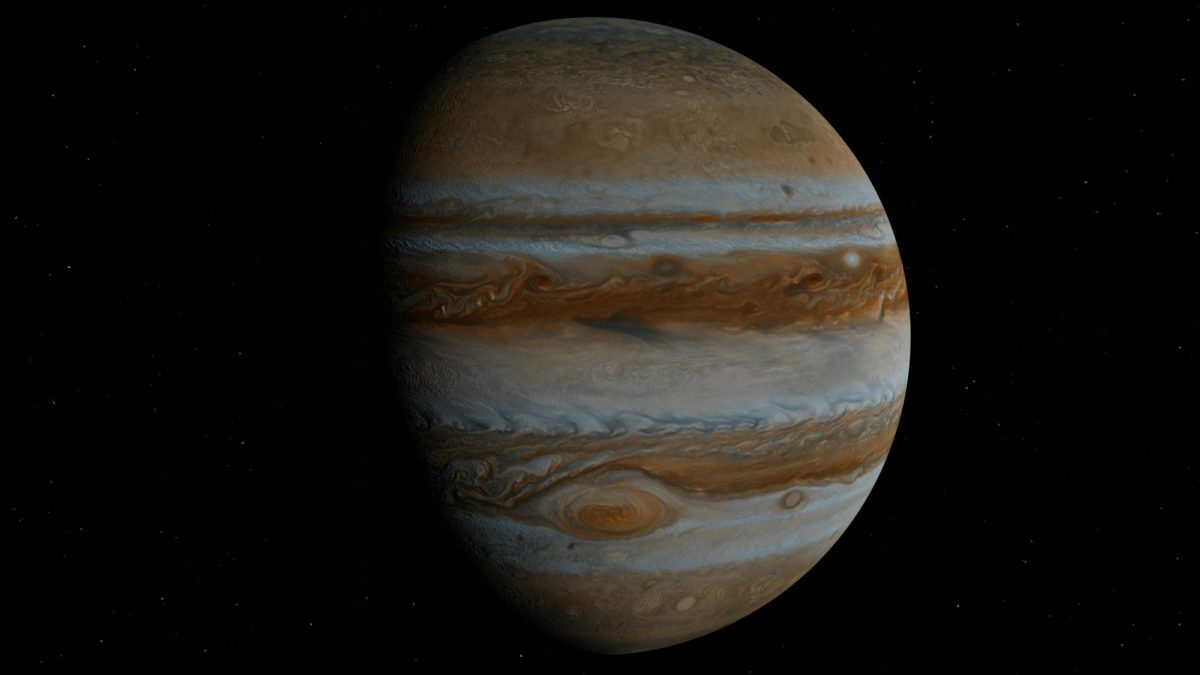July 20, 1969, became one of the most astronomical events ever recorded in NASA’s history. The Apollo 11 moon landing was a success, and Neil Armstrong made even more history when he became the first man to step foot on the moon. Now, NASA plans to observe another moon that is far colder and more distant from our own. The Europa Clipper Mission plans to send an orbiter into the atmosphere of Europa, one of many moons orbiting the Jovian planet Jupiter, to conduct a flyby of the moon’s atmosphere and scan for any potential signs of life.
The mission to observe Europa was announced in July 2021, and the launch date is set for October of 2024. Europa is made of silicate rock with a frozen crust and possibly has an iron and nickel core similar to Earth. The Galilean moon’s atmosphere is mainly oxygen, but it is not biologically produced like some of the oxygen in our planet’s atmosphere. It is speculated that potential life could exist on the moon underneath the icy exterior, which is also thought to have saltwater oceans and twice as much water as our oceans.
Scientists believe that Europa has chemical properties essential for harboring life. Astrobiologists would also like to see if the global ocean has chemical reactions that can create hydrothermal vents, oxidants for microbes to exist in those ecosystems, and any signs of past life. The oxidants within the moon’s atmosphere caused by Jupiter’s radiation are needed to start life, similar to cyanobacteria here on Earth.
With all this in mind, we can only speculate if this will turn into another moon landing mission once NASA has conducted enough research and gathered adequate data about Europa. However, it is unlikely that may be the case. Many parallels can be drawn to the search for life on Mars as well, and as the chance of sending a man to the red planet grows closer, the chance to send a man to Europa increases, too. If we’ve learned anything from the Apollo 11 mission, it’s that anything is possible. Either way, we can only speculate what lies beneath the icy waters of the cold moon. 2030 is the estimated time that the Europa Clipper will enter Jupiter’s orbit and analyze the giant moon, searching for what could perhaps be a new reason to step foot on a new moon.
Mission to a New Moon
Elena Saorrono, Contributor
March 8, 2024
About the Contributor

Elena Saorrono, Contributor
Hi! I’m Elena and I’m a senior here at Bob Jones. I am a member of my school’s Spanish club, Spanish Honor Society, a leader of writing club, and a vice president of Taekwondo club. Some of my hobbies include writing, reading, drawing, baking, jewelry making, collecting CDs, and reviewing and listening to music. A few of my interests are learning languages and different branches of science. I plan on attending Indiana University to pursue a career in forensic science and psychology.

